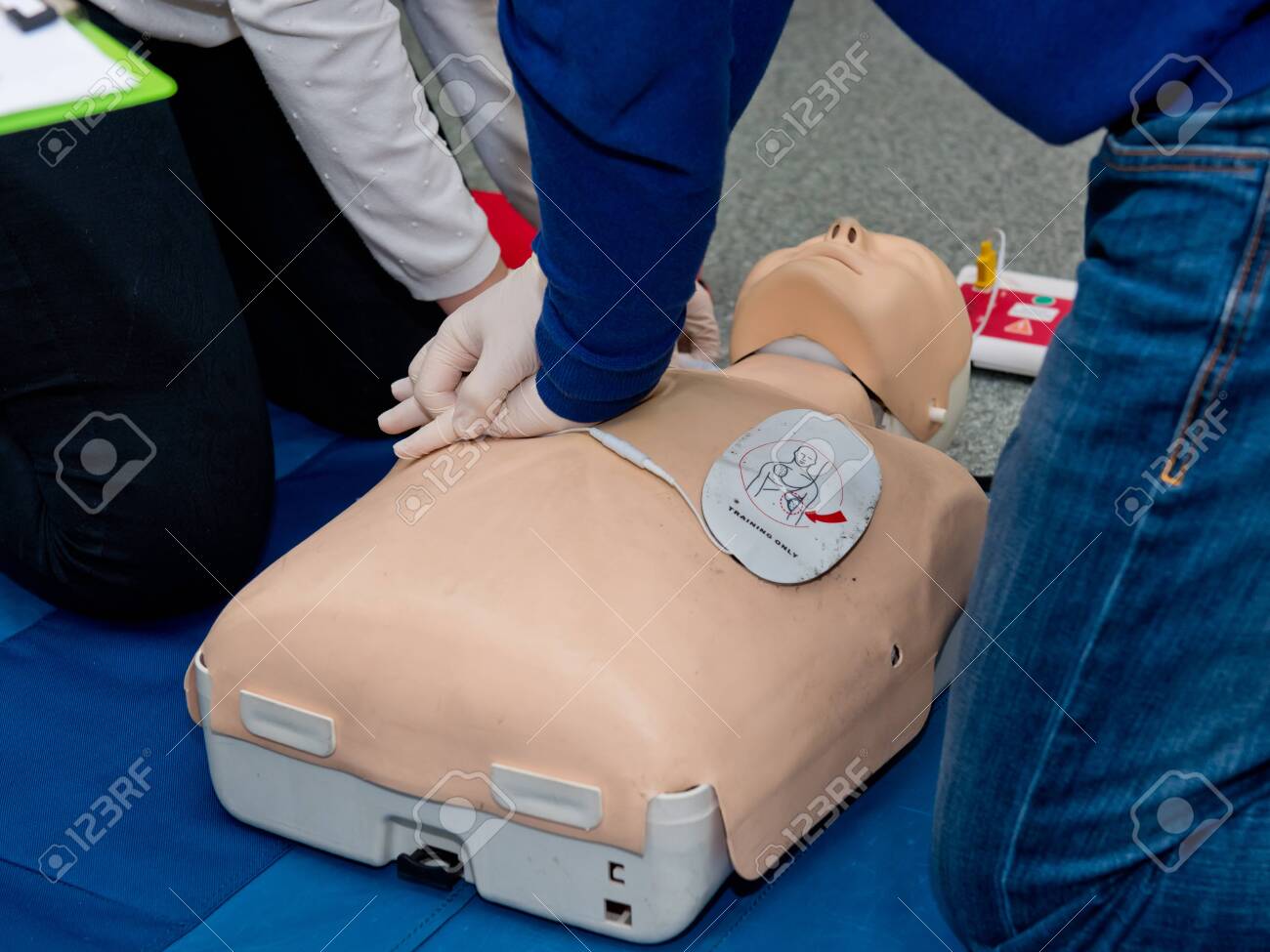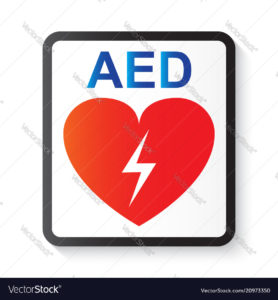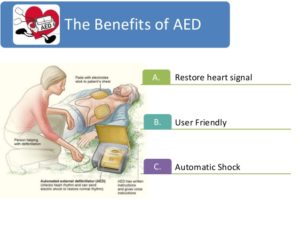AED Training 101: How to Use an Automated External Defibrillator

Does your job require AED training for safety? Learn the basics of how to use an automated external defibrillator in this guide.
Sudden Cardiac Death is the 3rd leading cause of death in the United States, taking the lives of 356,000 people each year. While not all sudden cardiac deaths are preventable, it is estimated that almost 40,000 lives could be saved with CPR and AED training.
Read on to learn the answer to questions like “What is CPR?”, “What is an AED?”, and how they work together to save lives.
What is CPR?
CPR is an acronym for cardiorespiratory resuscitation. It can be used to keep blood flowing to key vital organs.
CPR was first developed in the 1740s and included mouth-to-mouth only. In 1967 it was officially recommended for drowning victims.
In the 1900’s the first reported successful use of external chest compressions to revive a human was documented. In 1954, it was proven that expired air was sufficient to maintain the adequate oxygenation of vital tissues.
Further Development of CPR
In the 1950s and 60’s the use of CPR was furthered, and the American Heart Association started a program to acquaint physicians with close-chest cardiac resuscitation.
They went to become the leader in training the general public in its use.
Throughout the 1960s and ’70s, more research was done on the public use of CPR and the impact it had on saving the lives of individuals who experience sudden cardiac death.
In 1972, Leonard Cobb held the world’s first mass citizen training in CPR in Seattle, Washington called Medic 2. He helped train over 100,000 people in the first two years of the programs.
In 2008, Hands-Only CPR or Compression-Only CPR was introduced. this was in response to concerns about disease transmission and a recognition that it can be just as effective as mouth to mouth combined with chest compressions.
What is an AED?

An AED is an automated external defibrillator. It is a device located in public places and is used to help someone who is experiencing sudden cardiac results that is caused by a faulty heart rhythm.
The heartbeats on a regular basis due to electronic impulses.
In certain cases of sudden cardiac death, those impulses get disrupted and it causes the heart to pump inefficiently. The AED provides an electrical shock to the heart to return a normal heart rhythm.
It differs from CPR in that CPR does the work of the heart (pumping blood) to sustain blood flow to vital organs including the brain.
Both cases are life-threatening and advanced medical personal should be called as soon as possible.
Like all medical equipment, you need to inspect your AED regularly. Monthly you should check the equipment, replace pads and batteries based on manufacturers’ instructions.
Regular AED replacement is also required to prevent this vital safety equipment from failing when it is needed.
list of health issues
What is Involved in AED Training?
AED’s are designed to be used without training, however, in any stressful situation, it is helpful to have some advanced knowledge of how the device works. Because AED’s save lives it is important to seek out training.
The first step in using an AED is realizing there is a medical emergency. When in doubt contact 911 and grab any first aid materials available, including an AED.
The next step is to determine if the person has a pulse, either at their wrist or their carotid artery that is located on the side of the neck.
Be sure to count for at least a minute pulses can be a week and slow but there.
If there is no pulse, begin CPR, and open the AED and turn it on. Next, you will expose the person’s chest, no reason to be modest, you are working to save a life. Dry the chest if it is wet and remove the AED pads and peel off the backing.
Be sure to check for a pacemaker or implanted defibrillator. If these are present, you can’t use the AED. Continue CPR until help arrives.
Apply the pads, one pad goes on the upper right chest, second on the lower left. Attach the AED wires.
Back away from the person, stop CPR, and turn the AED on, it will read the heart rhythm and determine if it is shockable.
If it is shockable, the AED will tell you to press the shock button.
After the shock is delivered. Check for a pulse, if present monitor breathing and wait for EMS. If there is no pulse, resume CPR.
How Does CPR and AED Use Work Together?

As you can see that CPR and AED both works on for individuals experience sudden cardiac events. CPR keeps the heart pumping and AED can shock certain heart rhythms back into a usable rhythm.
Now that you understand the importance of CPR and AED use, take the time to get training from The American Heart Association or The American Red Cross.
Learn More About Important list of health issues
At Salene River Press, we care about providing valuable information about holistic nutrition and how to incorporate it into our daily lives. We offer education and training for practitioners and patients alike. For the last 30 years, we have been a trusted source in nutrition education to help our followers get past the hype and to the truth about the path to true health.
We engage key researchers in their fields to educate you about cardiovascular disease, heart-healthy diets, and AED training.
We believe that prevention the goal but understands that treatment is also sometimes necessary in certain cases.
Follow us to learn more about how to make a healthier life for yourselves, your family, and your children.






